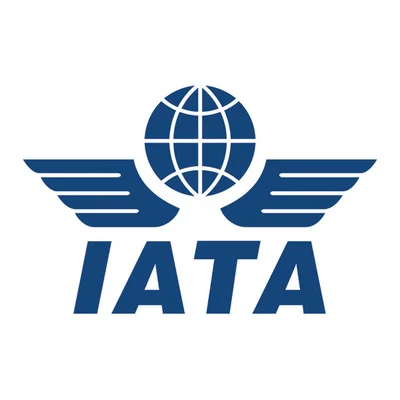Helicopters have played a significant role in the operations of the United States military since their mass production began during World War II. Although initially limited due to Allied bombings in Germany, helicopter development gained momentum post-war, with designs like the CH-47 Chinook and Black Hawks remaining relevant today. The US Navy was among the early adopters of helicopters, with substantial contributions from the Coast Guard in pioneering their naval applications.
The Sikorsky R-4 Hoverfly holds historical significance as "the world's first large-scale mass-produced helicopter" and was used by multiple branches including the US Army Air Force, Navy, and Coast Guard. According to the National Naval Aviation Museum, it was Coast Guard officers who first recognized helicopters' potential for search and rescue and anti-submarine warfare roles. Admiral Ernest J. King assigned "the responsibility for the seagoing development of the helicopter [with] the U.S. Coast Guard."
The Sikorsky H-19 Chickasaw served various US Armed Forces branches and saw action during the Korean War. It was known for its dual-deck design capable of carrying up to 10 passengers. The Coast Guard played a key role in developing search and rescue techniques using this model.
 Alerts Sign-up
Alerts Sign-up




































